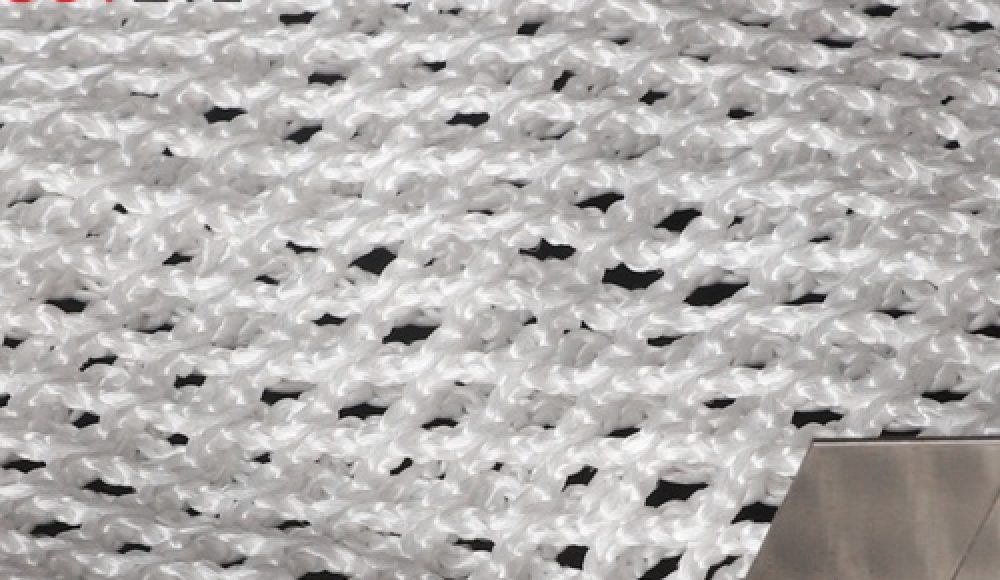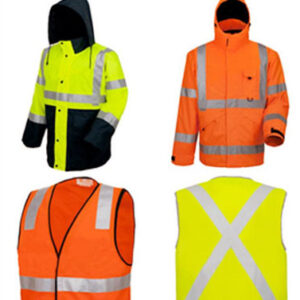Ultra-high molecular weight polyethylene (UHMWPE) fiber mesh plays a vital role in modern structural engineering. It delivers an unmatched blend of ultra-low weight, high tensile strength, and chemical durability. Engineers across aerospace, marine, defense, and civil infrastructure applications now rely on UHMWPE mesh fabric to build lighter yet more resilient systems.
This article examines how UHMWPE mesh fabric contributes to advanced lightweight reinforcement strategies. It also highlights Sovetl’s custom-engineered UHMWPE mesh solutions that support global manufacturers in high-performance sectors.
1. What Defines UHMWPE Fiber Mesh?
UHMWPE mesh consists of woven or knitted fabric made from ultra-high molecular weight polyethylene fibers. These fibers typically exceed 3 million g/mol in molecular weight, resulting in superior mechanical strength and chemical stability.
Key Performance Metrics:
| Property | Value (Typical) |
|---|---|
| Tensile Strength | > 3.0 GPa (30x steel by weight) |
| Density | ~0.97 g/cm³ (lighter than water) |
| Elongation at Break | 2–4% |
| Chemical Resistance | Excellent (alkalis, acids, oils) |
| UV Resistance | Moderate (UV-treated available) |
The mesh structure ensures excellent load transfer, dimensional stability, and compatibility with composite materials.
2. Why Engineers Select UHMWPE Mesh for Structural Reinforcement
✅ Ultra-Lightweight Yet Load-Bearing
With a density under 1 g/cm³, UHMWPE fiber mesh significantly reduces structural weight. Despite its low mass, it withstands tremendous stress—making it ideal for aerospace interiors, drones, and electric vehicles where every gram counts.
✅ Outstanding Impact and Fatigue Performance
UHMWPE mesh fabric absorbs high-energy impact and endures cyclic loading without crack propagation. Unlike fiberglass or carbon mesh, it maintains integrity under vibrations and dynamic loads. Marine hulls, body armor, and industrial floor panels benefit from this resilience.
✅ Corrosion-Resistant in Aggressive Environments
UHMWPE mesh resists degradation in seawater, oils, fuels, acids, and alkaline media. It outperforms steel wire mesh in offshore wind turbines, coastal infrastructure, and chemical containment systems.
✅ Easy Integration with Composite Systems
Manufacturers can integrate UHMWPE mesh into epoxy, TPU, or vinyl ester resins. Its flexibility supports lamination, vacuum infusion, and co-curing in multi-layer composites. Engineers use it in sandwich panels, ballistic laminates, and crack-arrest layers.
3. UHMWPE Mesh vs. Conventional Reinforcement Materials
| Material | Density (g/cm³) | Tensile Strength (GPa) | Flexibility | Corrosion Resistance |
|---|---|---|---|---|
| UHMWPE Mesh | 0.97 | ~3.0 | Excellent | Excellent |
| Steel Wire Mesh | 7.8 | 0.4–2.0 | Poor | Poor |
| Carbon Fiber Mesh | 1.75 | 3.5–5.5 | Moderate | Good |
| Aramid (Kevlar®) | 1.44 | ~3.6 | Good | Moderate |
| Fiberglass Mesh | 2.5 | ~2.0 | Moderate | Moderate |
🔍 Conclusion: UHMWPE offers a rare synergy—ultra-lightweight, strength, and environmental stability—at a competitive cost compared to aramid or carbon fibers. Steel and fiberglass no longer meet the demands of high-performance, weight-sensitive applications.
4. Sovetl’s Engineered UHMWPE Mesh Solutions
Sovetl develops advanced UHMWPE fiber mesh for OEM and industrial applications. Our engineers tailor the mesh to meet exact strength, thickness, and processing requirements.
Available Formats:
-
Knitted, woven, or extruded UHMWPE mesh fabric
-
Custom mesh opening sizes and thickness grades
-
Roll-to-roll supply for automated lamination
-
Optional coatings (UV, flame-retardant, resin-bonding)
Industries We Serve:
-
Aerospace & UAVs
-
Tactical and Defense Gear
-
Marine & Offshore
-
Civil Engineering Panels
-
Industrial Protective Barriers
Sovetl provides full technical documentation, including MSDS, RoHS, and REACH compliance, with global delivery support.
5. Selecting the Right UHMWPE Mesh Fabric for Your Project
To maximize performance, engineers should consider the following:
-
Mesh Aperture Size: Small apertures control microcracks; larger ones absorb impact.
-
Fiber Denier & Strength Rating: Select based on expected load-bearing demands.
-
Resin Compatibility: Confirm bonding with epoxy, polyester, or thermoplastics.
-
Environmental Exposure: UV, temperature, saltwater, and chemical conditions all affect mesh selection.
-
Integration Method: Choose between vacuum infusion, co-curing, or mechanical bonding based on your production setup.
💡 Pro Tip: Sovetl offers free technical consulting and sampling for OEM clients and global project engineers.
UHMWPE mesh fabric represents a new generation of lightweight reinforcement. It combines strength, fatigue resistance, and corrosion immunity while reducing system weight and total lifecycle costs.
Sovetl continues to innovate in UHMWPE fiber mesh technology, providing tailored solutions that empower manufacturers across high-spec industries. Whether you need aerospace-grade lightweight composites or marine-resistant structures, Sovetl delivers performance, reliability, and value.




